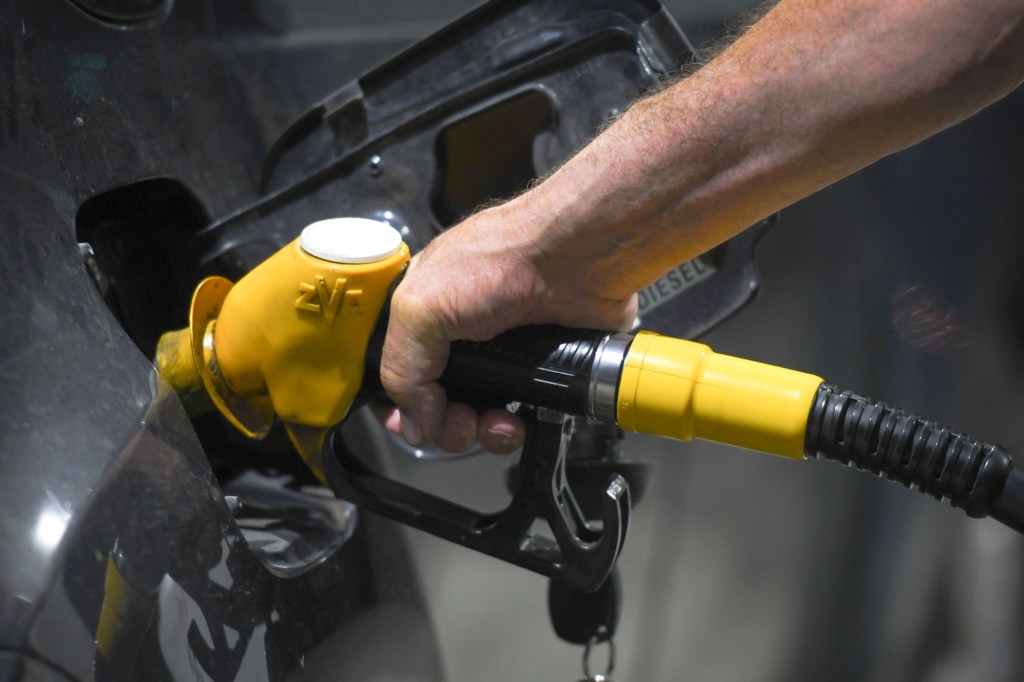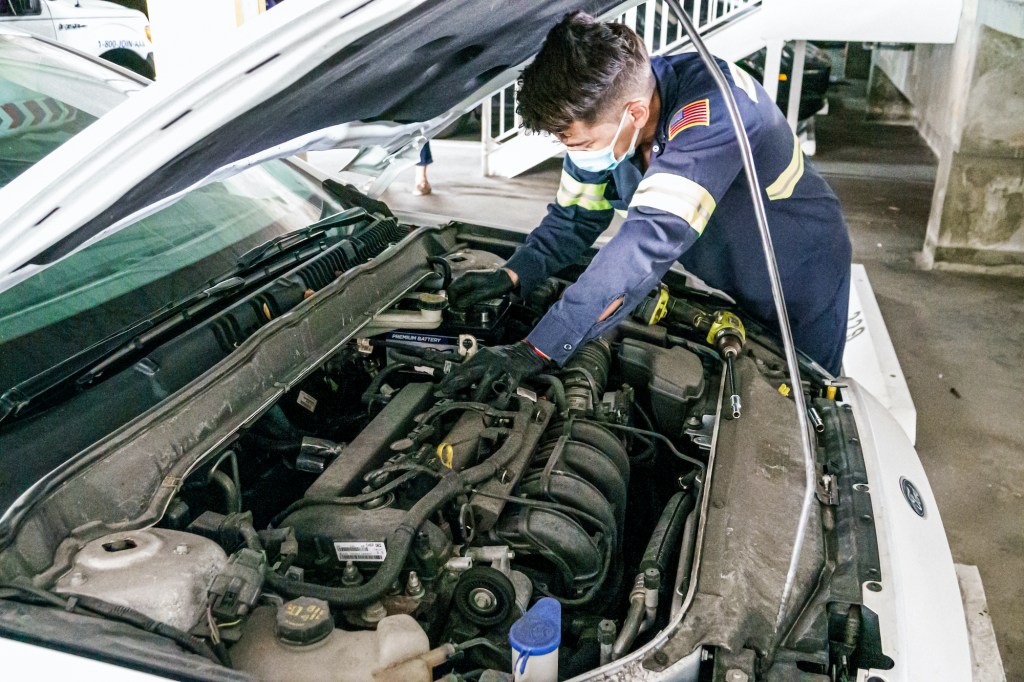
Road Travel Isn’t Slowing Down Despite Rising Gas Prices
Have you seen gas prices lately? They’re pretty hard to ignore considering the pricing for gas was far lower last year compared to this year. In fact, in most states, it’s about $1 per gallon higher and it’s not going to get much lower during the Summer and Fall months.
However, these elevated prices aren’t slowing down road trip travel as 37 million people took road trips on Memorial Day weekend this year and nearly 50 million traveled on the Fourth of July weekend, according to AAA. To further expound on rising fuel costs and their relation to road trip travel, I recently spoke with Tim Clay, the chief business development officer at DigniFi, on the matter.
Why are so many travelers hitting the road in their cars?

Aside from the COVID-19 virus and a shortage of toilet paper, the pandemic brought us fears of traveling via plane. Of course, we couldn’t really travel by plane for a while, however, many people with cabin fever from being in quarantine took to the roads with their own cars instead. And while the CDC says that there’s “no such thing as safe travel,” Tim Clay begs to differ.
“I think we go stir crazy, I think we get in cars because it’s a controlled space; we know we can sanitize it, we know all of the people that have been in it,” Clay said. “We can get out of the house and still get on with our lives. We’ve had so much cabin fever in 2020 and halfway through 2021, but everybody has things to do and the most convenient thing we have is our cars.”
Are gas prices hindering road travel?

It’s obvious that the rise in gas prices doesn’t have a major effect on people hitting the road in their cars, whether it be a long commute to work or a longer road trip. But is there a cap on what American’s will deem as paying “too much” for gasoline? Clay thinks there is.
“I think there’s a threshold of $4 per gallon,” he says. “If it’s $3 or $4 a gallon, we can afford it. It’s not a budget buster. It’s still the best possible way to get around and I don’t think it affects us that much. Hurricane Ida shut down all of the drilling operations offshore for at least 48 hours. I don’t think that’s long enough to create a massive disruption and cause a real spike in gas prices. But I still think that it’s the most affordable way to get around.”
Case in point, the rise in gas prices may continue, however, commuters will still drive wherever they need to go in spite of the increase. Clay clarified, “The car seems to be the safest form of transportation, certainly the most economical. And I don’t think that we’re going to see fewer people on the road anytime soon.”
What does DigniFi do?

If you happen to hit the road this Labor Day weekend, or any other weekend, then it could pay to have your car checked out by a qualified mechanic. But what if you can’t pay for the repairs? That’s where DigniFi comes in.
DigniFi offers consumers financing for expensive automotive repairs so that they can get back on the road quickly and safely. The financing amounts range from $350 to $7,500 and there’s no down payment needed nor are there any hidden costs or fees.
“Nobody has a rainy day fund for a blown transmission or bad tires and things like that. We created a business that we can meet customer’s needs at the moment of need and do it without abusing them for the privilege,” Clay said. “We can meet the customer at that point of need and then they can get the vehicle fixed at that moment in time.”
It’s a pretty crafty idea for anyone that needs funds for auto repairs in a pinch. By getting your car back on the road, you’ll be able to join the millions of people taking road trips this year in the safety and convenience of your own car.



